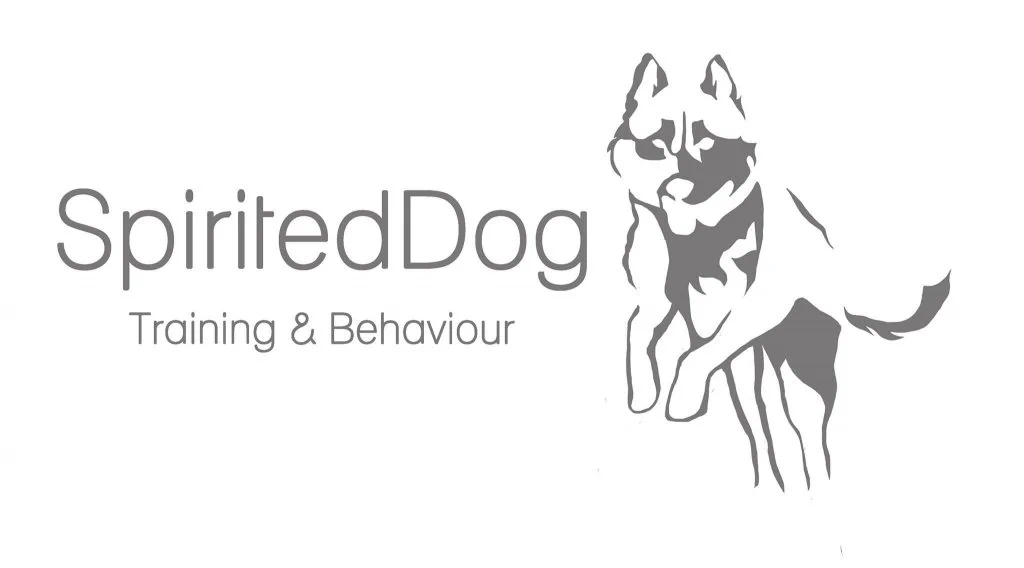As we have been spending so much time with our pets last few weeks some of us may have found our pets are becoming particularly clingy or may get distressed when left even if your still in the same house.
We have teamed with Lauren from Spirited Dog Training and Behaviour to create our rough guide on this subject. However, its very important you seek professional help if your animal is displaying any of the behaviours listed below.

What is Separation Anxiety?
Lauren writes:
Separation Anxiety is used as an umbrella term to cover any anxiety-based issues regarding separating the animals from humans, from another animal, or from a specific human.
Technically, your animal may be suffering from isolation distress, from hyper-attachment disorder, from separation frustration, barrier frustration or more typically, a combination of these issues.
It is really only important to determine the specifics of the problem so that it can be correctly addressed, ultimately no matter what label we stick on it, if leaving the dog in some way causes distress, we need to fix it.
There is no ‘one size fits all’ when it comes to helping your dog cope in these situations and eventually feel secure when alone or separated for a period of time.
Variables such as your house layout, noise levels outside, relationship with your dog and routine can all have a part to play in adjusting your dog’s mental state around this issue.
It is always best to get professional help involved so you can have a clear plan on how to specifically help your dog and constant support throughout your training journey (you’ll need it).
Ultimately you will working on desensitisation and modifying your dogs mental and emotional state.
What are some of the common Signs and symptoms?
- Destructive behaviour- i.e chewing furniture, scrapping doors
- Vocalisation – howling, barking, whining
- Toileting (weeing and pooping)
Signs which are often missed:
- Trembling
- Whining
- Pacing
- Excessive salivation
- Self-mutilation
- Vomiting
- Repetitive behaviour
What to do:
It’s important you establish what specific problem your animal is displaying in order to determine the correct plan – it is highly recommended you contact a professional for help and rule out any medical conditions before you start this process.
If you wish to contact Lauren (Spirited Dog Training & Behaviour) on advise on your pets – please visit her Facebook page at https://facebook.com/SpiritedDog
Below is our brief plan for Treating Separation Anxiety or Hyper-Attachment. However, it recommended you contact a trained professional before attempting this process.
This can be a lengthy process BE PATIENT and DO NOT PUNISH THEM.
Create a safe and calming area for your pets – somewhere you can create a barrier between them and you.
During this process an animal must not be left.
I recommend leaving a radio on – while some people/trainers may not agree this helps in any way, this is something I’ve always done for my own pets and very much a personal choice. However, if your pet’s not used to a radio, some desensitisation will need to be carried out before this can becomes part of your routine.
Use toys/distractions that keep your pets busy, introducing them in the SAFE PLACE. i.e Kongs, puzzles like snuffle mats/lick mats
Slow introduction to the safe area and give them a treat for going to the safe place – using a command such as “place”, “settle”, or “bed”, can be very beneficial in teaching your pet to go to the place on command.
Once your pet is comfortable in their safe place, place them in the safe place with their distraction and slowly walk away creating a gap between them and you.
It is important when starting this process that you never be completely out of view of your pet. Over the next few sessions you can lengthen the space and time between you and your pet – if you need advice on this subject please contact Lauren (Spirited Dog Training & Behaviour).
